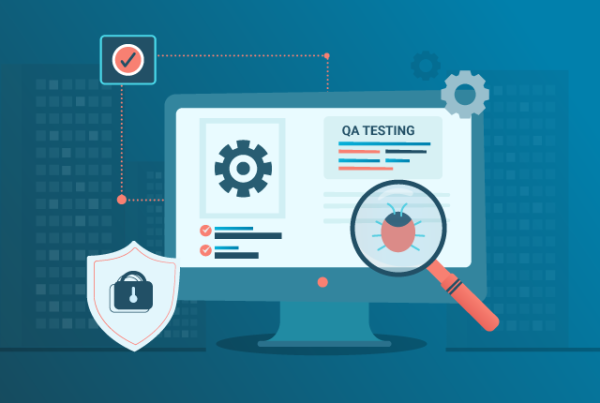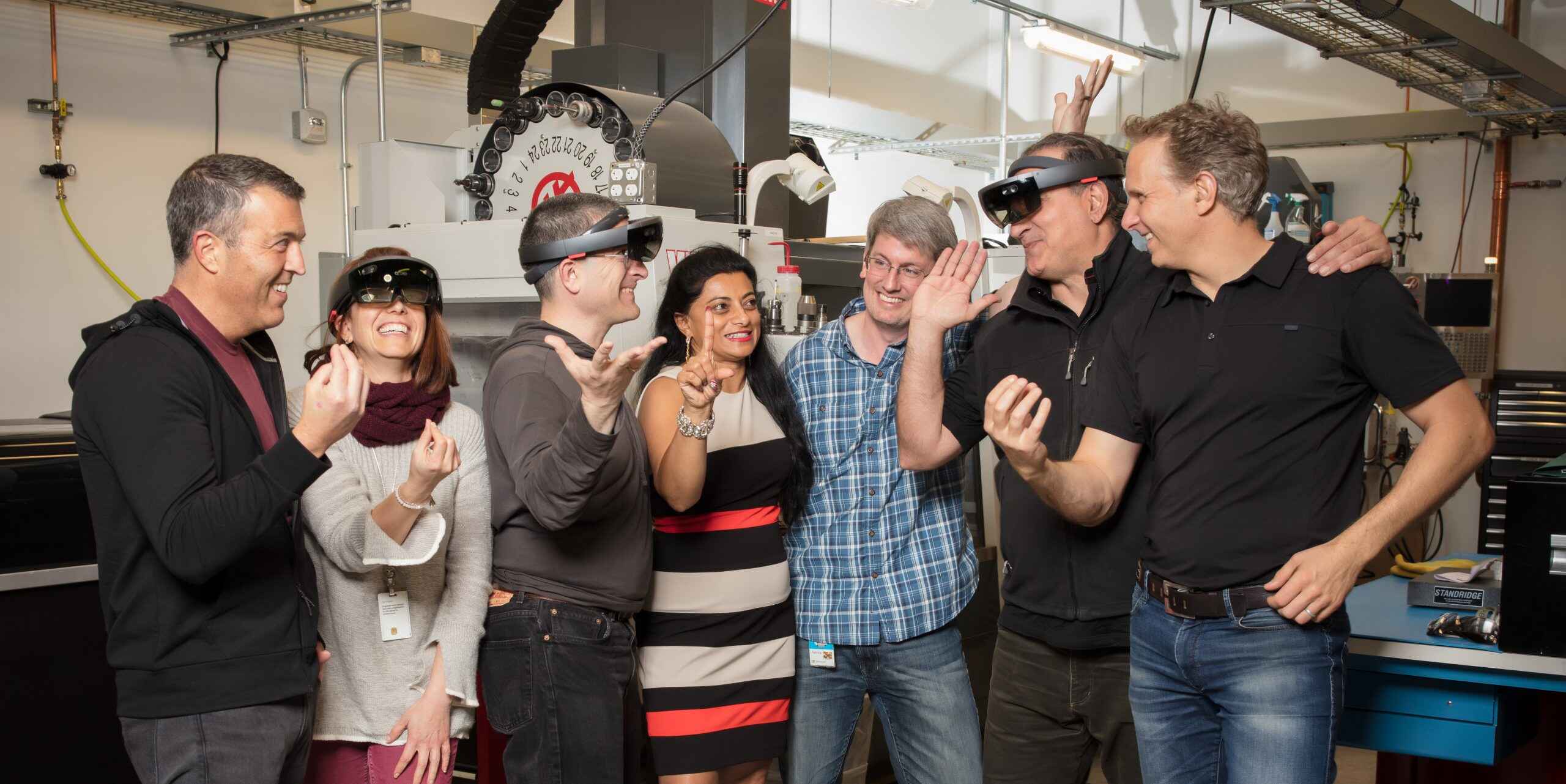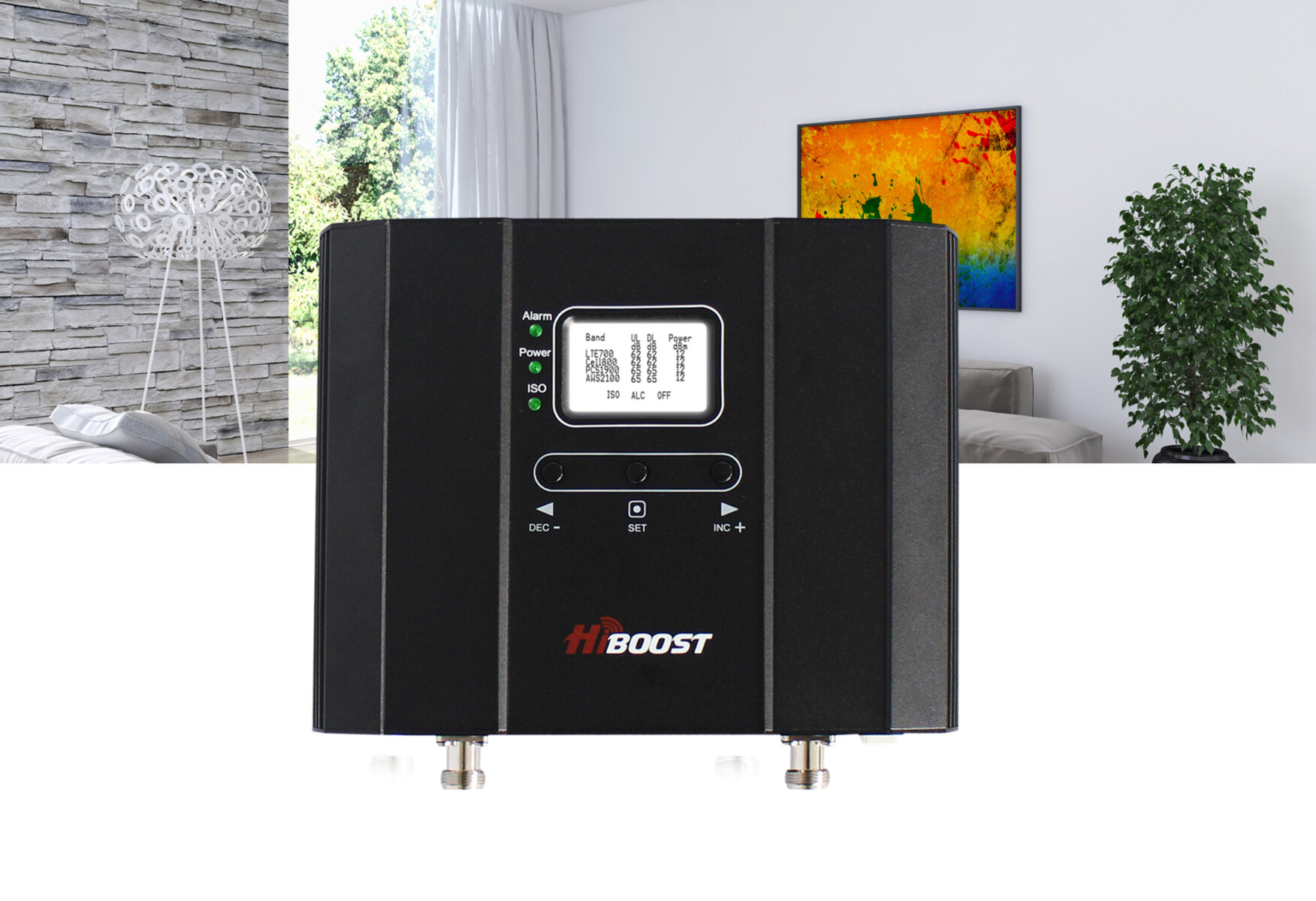Other than manual testing, quality assurance (QA) includes additional processes. The existing frameworks are more unexpected than what can be handled by established procedures. Machines can now extensively and automatically test themselves for weaknesses thanks to new automated testing techniques that have emerged. We will provide you with comprehensive information about quality assurance in this post.
What Is Quality Control?
Quality assurance (QA) is a procedure-driven activity that entails recommending and implementing policies or guidelines based on readily accessible management models or Agile frameworks. It examines the production process and makes any necessary adjustments to fulfill the project’s quality criteria and prevent errors, using various methods and tools. QA is a preventative method to raise process quality as a result.
Nonetheless, many individuals continue to confuse the terms quality assurance (QA) and quality control (QC), both of which are components of quality management. Quality control (QC) is a procedure that is focused on the final product. The completed product will be put through both human and automated testing to make sure it complies with engineering requirements before it is made public. Any problems discovered during testing will be rectified. Thus, QC is also recognized as a process for introducing adjustments to raise a product’s quality.
Even though the abilities required for QA and QC are distinct, many firms today make the mistake of placing the person in charge of QA in charge of QC. Product owners should thus be aware of what each role requires to prevent subpar performance. A QA engineer will design specifically the most effective approaches to create software for a project. This includes the test automation services, during which QC engineers will examine items using various instruments and the current standards.


Quality Control Procedure
The processes in quality assurance process might be many and intricate. To make it easier, we may link it to the Plan-Do-Check-Act (PDCA) model, a well-liked technique for managing continuous process improvement. The PDCA model may be used to lay out the steps of the quality assurance process as follows:
Plan
A quality assurance technician or manager will establish precise goals to manufacture high-quality goods during this initial, important stage. They will also suggest effective methods for achieving those goals. The company can already anticipate any possible issues at this point.
Do
The procedures defined in the earlier phase may now be put into practice, as the name indicates. The business implements its quality plan, which includes developing rules, employing personnel, and establishing quality controls.
Check
The test findings are examined and contrasted with what was predicted. This aids in determining if the goods adhere to the requirements. If they are successful, the experts go on to the final stage. If not, they return to the first step to make the required adjustments.
Act/Adjust
Based on the outcomes of the previous stage, the organization takes action in this last step to enhance the quality plan. This requires altering the quality approach, implementing fresh procedures, and continuing to monitor the quality results.


The Roles And Responsibilities Of Quality Assurance
Quality assurance is a team endeavor; it cannot be accomplished by one person. Below are two important positions and duties related to QA.
Expert in Quality Assurance
As implied by the title, a quality assurance expert is in charge of QA in quality management. To guarantee strategy alignment, he or she works with the quality manager.
Manager of Quality
Every component of a quality management system is overseen by a quality manager. To ensure that quality assurance is in line with quality planning, quality control, quality improvement, and organizational strategic objectives, quality managers collaborate closely with various team members.
To accomplish administrative and procedural duties that define objectives for the project’s product or service, quality assurance employs a quality system. This enables systematic measurement, comparison with a standard, process monitoring, and a feedback loop to ensure no mistakes are introduced into the manufacturing process. Yet, the primary emphasis of quality control is only on process output.
Conclusion
The purpose of quality assurance is to determine if the generated product is usable. For such, the organization should have procedures to follow and standards that need to be updated regularly. It focuses mostly on the standard of the goods and services we provide to consumers before, during, and after implementation.

























